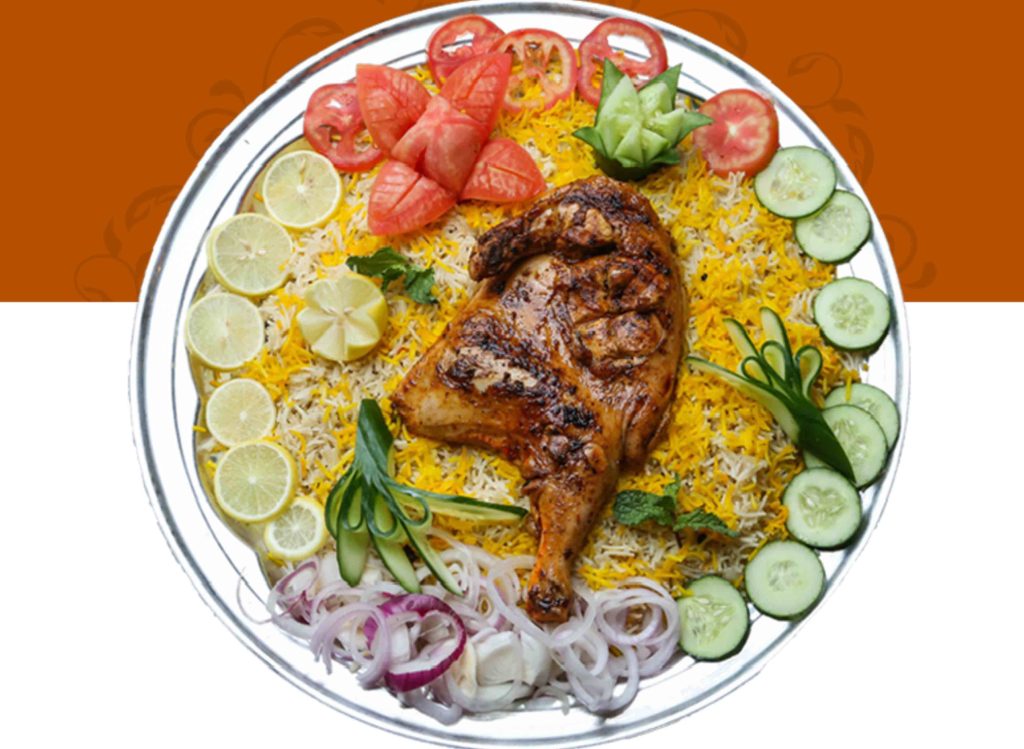It seems you’ve provided a set of guidelines and details for crafting a well-optimized article on “House of Mandi.” I’ll draft an example introduction and the first few sections for you based on the information and structure provided

Page · Arabian restaurant
Address
Mandi House, Karachi, Pakistan
Phone
0331 0222233
What is the House of Mandi?
Mandi, a gem in the treasure trove of Middle Eastern dishes, is a traditional aromatic rice dish infused with a blend of spices, usually accompanied by lamb or chicken. Originating from Yemen, the Mandi found its way to various parts of the Arabian Peninsula, creating a diverse array of variations while retaining its essence. The ‘House of Mandi’ is not just a restaurant but an embodiment of this rich culinary heritage, bringing authentic Mandi flavors to the table.
- Origins: Mandi traces its roots back to Yemen, and it’s one of the most famous dishes from the region. Over time, the popularity of Mandi has spread across the Arabian Peninsula and even to other parts of the world.
- Preparation: Traditional Mandi preparation involves cooking the meat and rice in a tandoor (an underground clay oven). This unique method imparts a smoky flavor to the rice.
- Ingredients: Mandi is known for its distinct spice blend, including dried lime, saffron, and other aromatic spices. The rice and meat are often accompanied by a mixture of nuts and raisins.

Where can I find the best House of Mandi near me?
If you’re a food lover with an appetite for exotic and authentic Middle Eastern dishes, finding the best House of Mandi in your vicinity is a culinary quest worth embarking on. Many Mandi restaurants have sprouted in major cities worldwide, thanks to the dish’s growing popularity. To find the best near you, consider online reviews, personal recommendations, or use dedicated food apps that offer ratings and customer feedback. Remember, the best House of Mandi will offer a blend of great ambiance, authentic dishes, and unparalleled service.
- Google Search: Simply type “Best House of Mandi near me” or “Mandi restaurants near me” into Google’s search bar. This should provide a list of Mandi-specific eateries close to your location.
- Review Platforms: Websites like Yelp, TripAdvisor, and Zomato often provide user reviews and ratings for various restaurants. Look for Mandi restaurants with high ratings and read through the reviews to understand the quality of the dishes, ambiance, and service.
- Food Delivery Apps: If you use food delivery apps like Uber Eats, DoorDash, Grubhub, or others, they often list restaurants by cuisine type. Check for Mandi or Middle Eastern restaurants and read their menu descriptions and customer reviews.
- Local Food Blogs & Websites: Many cities or regions have food bloggers or local publications that review or list top restaurants. Searching for Mandi or Middle Eastern restaurant reviews on such platforms can yield some hidden gems.
Differences between Mandi and other Middle Eastern Dishes
While many Middle Eastern dishes share similarities in terms of ingredients and cooking methods, Mandi sets itself apart in various ways:
- Cooking Technique:
- Mandi: Traditionally, Mandi is prepared by cooking the meat (usually chicken or lamb) and rice together in a tandoor (an underground clay oven). This unique cooking method imparts a smoky flavor to the dish.
- Other Dishes: Dishes like Kabsa might be cooked in regular pots on stovetops or in ovens, not necessarily in a tandoor.
- Spices and Flavor Profile:
- Mandi: The dish is known for its specific blend of spices, which includes dried lime (looms), saffron, and bay leaves.
- Other Dishes: While many Middle Eastern dishes employ spices generously, the combination and proportions can vary. For instance, Kabsa may include black lime, bay leaves, and cloves.
- Accompaniments:
- Mandi: It’s often served with a side of Raita (yogurt-based side dish) and a special hot sauce.
- Other Dishes: Various Middle Eastern dishes have their specific accompaniments. For example, Shawarma might be served with garlic sauce or tahini, while Falafel is often paired with hummus.
- Origins and Popularity:
- Mandi: Historically rooted in Yemen, Mandi is a celebratory dish often associated with special occasions.
- Other Dishes: Different Middle Eastern dishes have origins in various regions. For example, Hummus is popularly associated with Levantine cuisine, whereas Falafel’s origins are debated but linked to Egypt and the Levant.
- Grains Used:
- Mandi: The rice used in Mandi is usually long-grain, like Basmati, which becomes fragrant and fluffy after cooking.
- Other Dishes: Different dishes might use other grains or variations of rice. For instance, Freekeh is a popular ancient grain in many Middle Eastern dishes, and Maqluba often uses short-grain rice.
- Meat Preparation:
- Mandi: The meat in Mandi, whether chicken or lamb, is typically marinated and then slow-cooked with rice, absorbing all the flavors.
- Other Dishes: Some dishes might grill, fry, or stew the meat separately, as seen in kebabs or stews like Tagine.
